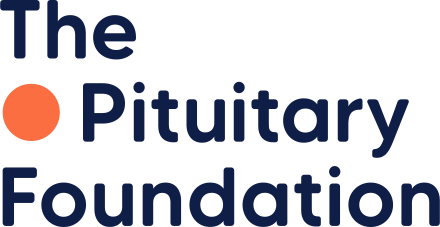The plan for covid-19 booster programme has been released by the Department for Health and Social Care. This is our summary of what this might mean for you and a reminder of the sick day rules if you do become unwell.
Autumn Vaccine Programme
Covid-19 Vaccine
Everyone aged 50 and over will be among those offered a COVID-19 booster and a flu jab this autumn under plans to increase protection against respiratory viruses ahead of winter.
On coronavirus (COVID-19) boosters, the Joint Committee on Vaccination and Immunisation (JCVI) has now published its final recommendations for this autumn’s programme.
Under the advice, those eligible for a further dose will be:
- all adults aged 50 years and over
- those aged 5 to 49 years in a clinical risk group,* including pregnant women
- those aged 5 to 49 years who are household contacts of people with immunosuppression
- those aged 16 to 49 years who are carers
- residents in a care home for older adults and staff working in care homes for older adults
- frontline health and social care workers
Flu Vaccines
In addition, the Department of Health and Social Care (DHSC) will be widening the offer of the free flu vaccine to more eligible groups. These additional groups will only be eligible once the most vulnerable, including previously announced pre-school and primary school children, those aged 65 years and over and those in clinical risk groups, have been offered the jab.
The additional groups set to be offered the free flu vaccine in England will be:
- all adults aged 50 to 64 years
- secondary school children in years 7, 8 and 9, who will be offered the vaccine in order of school year (starting with the youngest first)
The NHS will announce in due course when and how eligible groups will be able to book an appointment for their COVID-19 autumn booster, and when people aged 50 to 64 years old who are not in a clinical risk group will be able to get their free flu jab. People in these groups are asked not to come forward until further information is announced.
*Clinical risk group link: Page 16 – Diabetes mellitus and other endocrine disorders, any diabetes, including diet-controlled diabetes, current gestational diabetes, and Addison’s disease.
NB: Those taking hydrocortisone for replacement (adrenal insufficiency) aren’t immune suppressed.
Immune suppressed means for those taking high doses of prednisolone for other conditions (e.g. asthma, arthritis) or a blood cancer (such as leukaemia or lymphoma), a treatment such as immunotherapy, chemotherapy or radiotherapy, or an organ or bone marrow transplant.
Sick Day Rules
If an adrenal insufficiency patient has a positive test for coronavirus, but symptoms feel more like a heavy cold (feeling weak, tired, headache) then they need to double their usual dose of hydrocortisone if required for several days. Paracetamol should be taken too.
It’s important to recognise if symptoms are worsening, particularly paying attention to your temperature. A bit extra hydrocortisone will do little harm, but not having it may mean hospitalisation, and of course, adrenal crisis.
If symptoms increase
The symptoms for a likely coronavirus infection are:
fever >38°C, a dry cough, sore throat, loss of sense of smell or taste, aches and pains, and fatigue.
In patients with a suspected (or confirmed) coronavirus infection, we recommend:
- Hydrocortisone – increase hydrocortisone to 20 mg four times daily every 6 hours
- Plenadren – switch to the regular, immediate release hydrocortisone preparation and take 20 mg orally every 6 hours
- Prednisolone – patients who take 5-15 mg prednisolone daily should take 10 mg prednisolone every 12 hours. Patients on oral prednisolone >15 mg should continue their usual dose but take it split into two equal doses of at least 10 mg every 12 hours.







